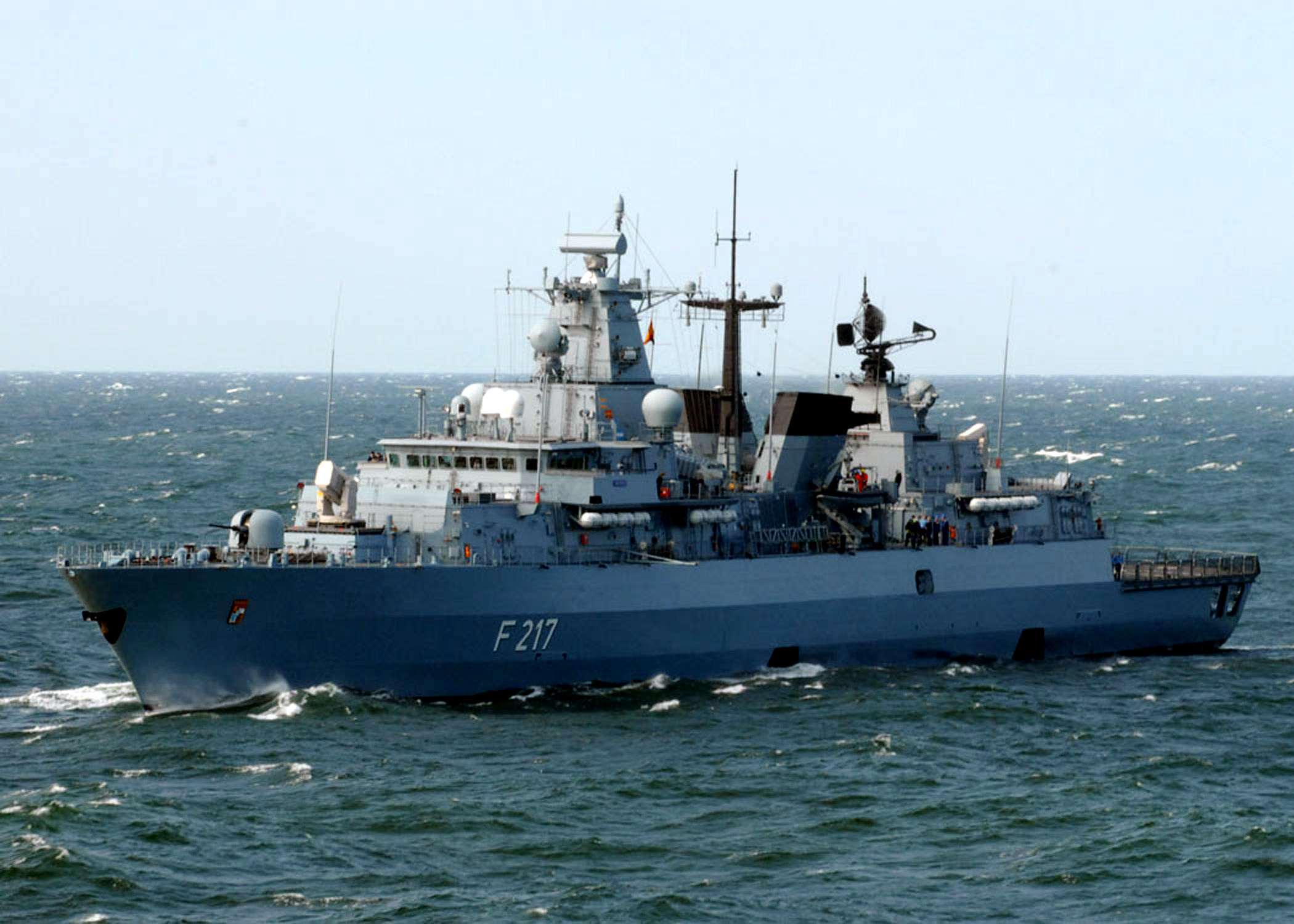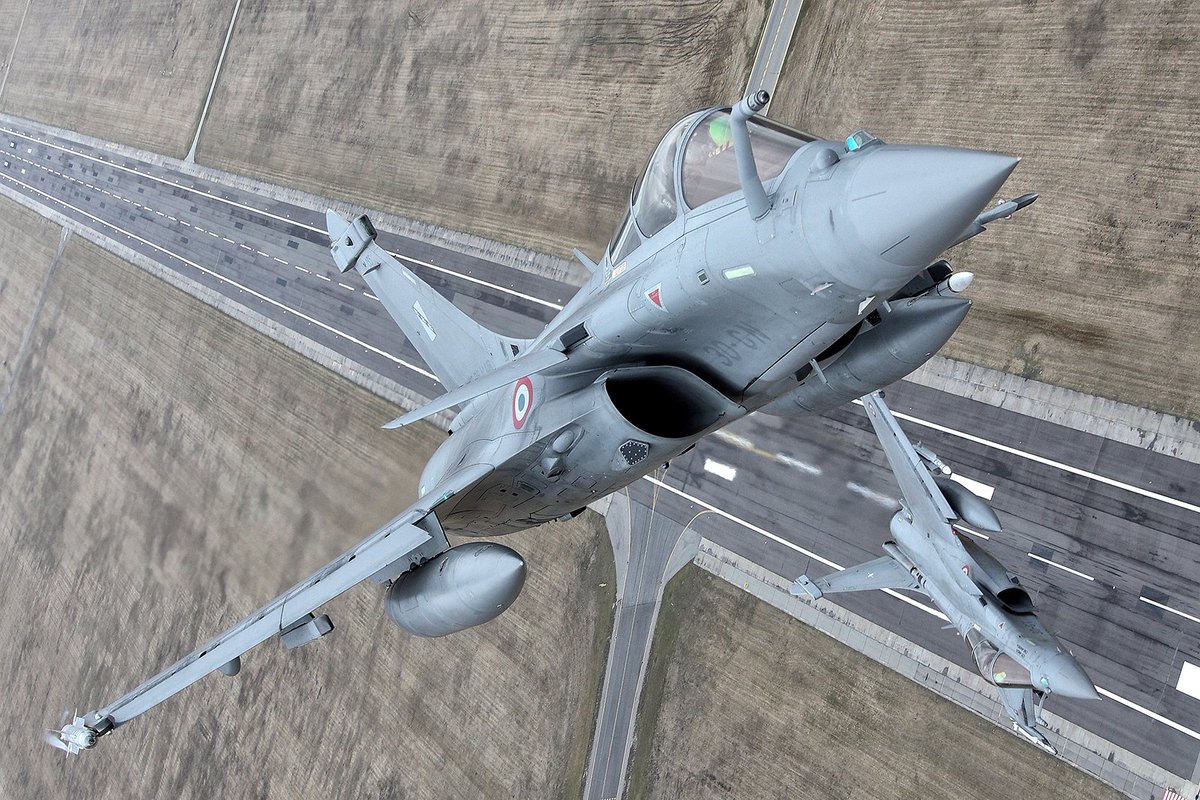The Rim of the Pacific (RIMPAC) exercise began in Hawaii on June 27 with the participation of armed forces from 29 countries. Many in China view the drills as anti-China.
The exercise, established in 1971 by Australia, Canada, and the US, encompasses a diverse coalition including South Korea, Japan, India, Southeast Asian nations, Latin America, and several NATO allies.
It features a formidable assembly of 150 aircraft, 40 surface ships, three submarines, and over 25,000 personnel engaged in activities ranging from amphibious landings to urban combat training, anti-submarine warfare, ship sinking exercises, and cyber and space operations.
RIMPAC also assumes geopolitical significance as a demonstration of collective military prowess amidst escalating tensions with China.
The US and its European allies have intensified multilateral interregional partnerships, forged new defense agreements, and bolstered military capabilities across the Pacific.
In contrast, China has ramped up its military exercises around Taiwan and has repeatedly clashed with the Philippines over disputed islands and shoals in the South China Sea. NATO, traditionally a transatlantic security apparatus, is expanding its presence in the Indo-Pacific region, a development Beijing perceives as a threat to its security.
During the recent Shangri-La Dialogue summit in Singapore, NATO Secretary-General Jens Stoltenberg underscored the importance of security in the Indo-Pacific. Stoltenberg noted: “What happens in Europe matters for Asia, and what happens in Asia matters for us.”
The increased participation of NATO countries in the Indo-Pacific signifies a strategic shift in countering China’s growing influence and territorial claims.
Notwithstanding its formal absence from the Indo-Pacific, NATO upholds security and defense accords with regional allies, underscoring the mutual interdependence of the two areas.
The 1951 ANZUS Treaty underscores joint defense commitments among Australia, New Zealand (no longer effectively participating), and the United States in response to threats in the Asia-Pacific.
Despite New Zealand’s reduced role, ANZUS remains pivotal for US-Australian defense ties, facilitating annual Australia-US Ministerial Consultations (AUSMIN) on shared security issues. The Indo-Pacific has seen new minilateral security agreements (minilaterals allow a group of countries with shared interests and values to bypass seemingly moribund frameworks, and resolve issues of common interest), complicating potential NATO involvement.
Examples include the AUKUS pact providing Australia with nuclear-powered submarines, trilateral dialogues such as those at Camp David involving the US, South Korea, and Japan, and the Quadrilateral Security Dialogue (Quad) comprising Australia, India, Japan, and the US, demonstrating evolving regional security formats every few years.
NATO Countries Boost Indo-Pacific Presence
In recent years, the Indo-Pacific region has emerged as a significant flashpoint in global geopolitics, particularly in the maritime domain. Competing territorial claims in the South China Sea, involving China, Taiwan, the Philippines, Vietnam, and Malaysia, have heightened tensions and posed substantial risks to regional peace and stability.
Besides the US, several NATO countries have increased their presence and strengthened their strategic involvement in the region due to the escalating tensions.
Germany has been at the forefront of this increased NATO involvement. The deployment of the German frigate Bayern to the Indo-Pacific in 2021 marked a significant shift in German naval strategy, being the first such mission in nearly two decades.
The mission underscored Germany’s commitment to maintaining a free and open Indo-Pacific. Building on this, the German Navy embarked on its second Indo-Pacific deployment on May 7, 2024. The deployment featured two key vessels: the frigate Baden-Württemberg and the combat supply ship Frankfurt am Main.
Also, the German Air Force launched a comprehensive long-range deployment named “Pacific Skies 24”, which includes a substantial fleet comprising four A400Ms, eight Eurofighters, 12 Tornados, four A330 MRTT aircraft, and four light utility helicopters.
These aircraft are set to participate in various training activities with allied and partner air forces and navies, including those of Japan and India, highlighting Germany’s dedication to collaborative defense efforts in the region.
France, as a resident power in the Indo-Pacific, has also significantly increased its regional presence, reflecting its growing strategic interest in the area’s maritime challenges.
In July 2023, the French navy’s newest Aquitaine-class destroyer, Lorraine, was deployed in the Indo-Pacific, making a port call in the Philippines. The deployment was a clear signal of France’s support for regional allies facing threats from China.
In March 2023, the French Floreal-class frigate Prairial conducted a passing exercise in the South China Sea with the Philippine coast guard vessel BRP Capones, further reinforcing France’s commitment to regional stability.

The Prairial’s transit through the Taiwan Strait in April underscored France’s stance on freedom of navigation in contested waters. Moreover, the third iteration of Exercise La Perouse in the Bay of Bengal in March 2023 saw French ships maneuvering alongside American, Australian, British, Indian, and Japanese counterparts, showcasing multinational cooperation.
Action in the air matches the momentum at sea. In recent years, France has deployed a large Air Force contingent to the region.
As part of Pégase 2024, French Rafale fighter jets, A400M Atlas transport aircraft, and A330 MRTT Phénix tanker aircraft are set to visit 13 nations, emphasizing France’s strategic outreach and operational capabilities in the region.

Canada, another NATO country, has also ramped up its presence in the Indo-Pacific despite facing regular confrontations with Chinese military forces. In September 2023, the Canadian warship HMCS Ottawa experienced multiple interactions with suspected Chinese vessels during exercises with Japanese and American allies.
A month later, a dangerous encounter occurred between a Chinese jet fighter and a Canadian helicopter over the South China Sea. Nevertheless, these incidents have not deterred Canada from its mission.
On April 14, 2024, HMCS Montréal departed Halifax for a six-month mission to the Indo-Pacific. This marked the first of three Royal Canadian Navy warships annually deployed under Operation Horizon.
The Netherlands has also faced Chinese aggression recently. On June 6, the Dutch Ministry of Defense reported that the naval ship HNLMS Tromp was harassed by Chinese fighter jets and a helicopter in the East China Sea, creating a potentially unsafe situation.
The incident occurred during an international mission monitoring the enforcement of United Nations sanctions against North Korea as part of the longer voyage named Pacific Archer ’24. The mission previously saw HNLMS Tromp traverse the South China Sea and the Taiwan Strait.
The Italian aircraft carrier Cavour and its carrier strike group have also set sail for the Indo-Pacific, accompanied by a French and a Spanish naval vessel.
A frigate from NATO member Turkey is also currently operating in the region, demonstrating the broader NATO engagement in maintaining stability and countering emerging threats in the Indo-Pacific.
The collective efforts of NATO countries underscore the importance of the Indo-Pacific as a strategic theater. Their increasing military presence and collaborative exercises highlight their commitment to ensuring freedom of navigation and supporting regional allies in the face of mounting challenges.
- Contact the author at ashishmichel(at)gmail.com
- Follow EurAsian Times on Google News




